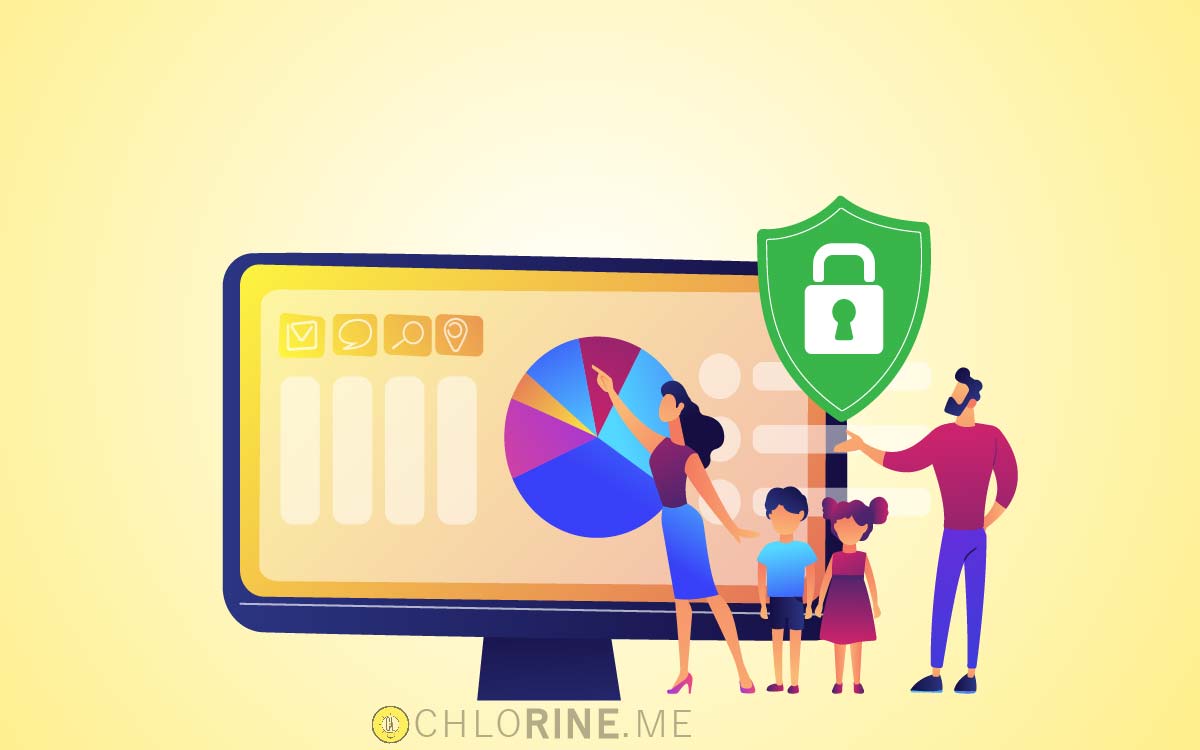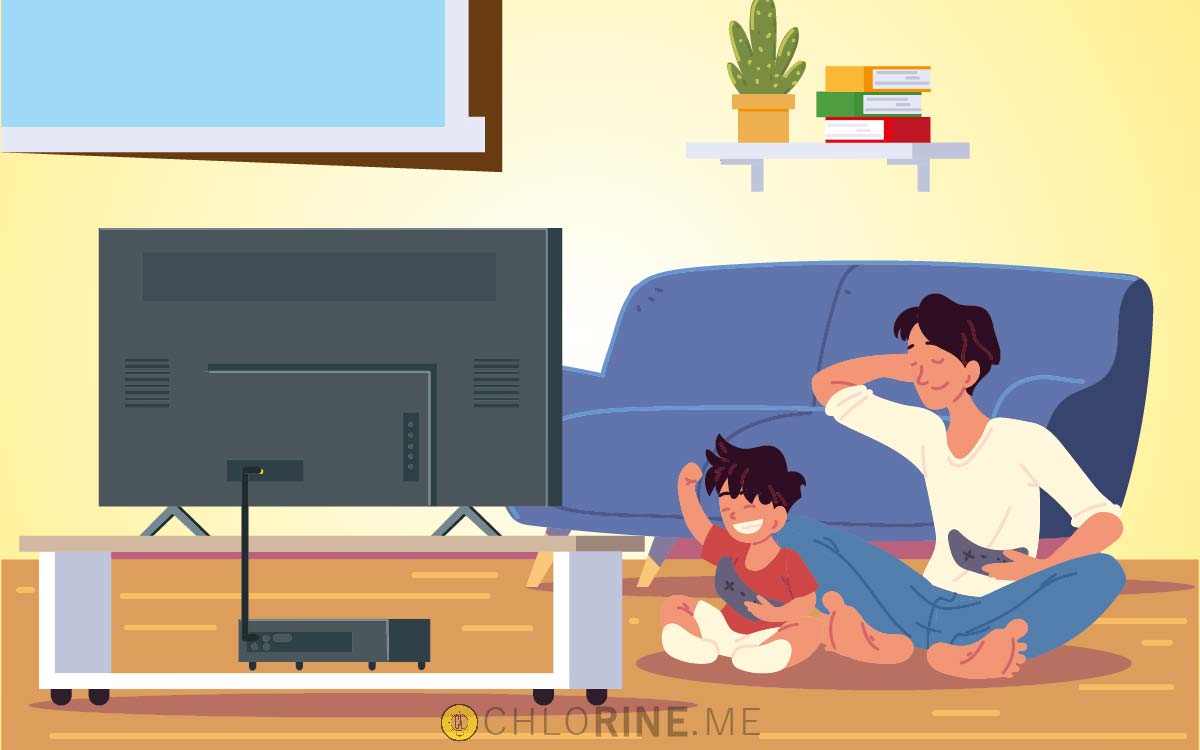We’ve all heard the stories of kids getting bullied, or worse, finding inappropriate or risky material online. Cyberbullying has received a lot of attention recently, but the reality is that there are many other risks to your family on the internet.
With the Internet being such a fun and educational tool for kids, it’s unwise to ban kids from accessing it. Besides playing all sorts of useful games, children can also learn a lot using the web.
That being said, it can also pose a lot of danger. The stories of predators using the space as their hunting grounds are not uncommon. Make sure your child is in a safe environment online and that you have their Internet activity monitored.
The digital world is much like the real world where all sorts of people wander. The stories of We want to make sure you are prepared and aware of the many ways your children can be exposed to questionable material or be exposed to danger online.
Here are some tips to keep your kids safe:
1. Set Up Parental Controls

Because every child is different, it’s important to set up parental controls for your kids’ devices. This way, you can ensure that the settings are best suited to your child’s age and development. You can also prevent them from downloading apps or using certain websites or features.
Parental controls can also give you peace of mind that your child is safe when using their device. The Internet can be a scary place, full of nasty people and unsuitable content. You can protect your child from this by setting up controls on their device.
2. Set a Time Limit

If you want to give your kids a little more freedom, you can set a time limit for them to use their devices. This is especially useful if you’re going to be out of the house for a while. You can set up a timer or alarm so that they know when their time is up. Or, you can put a limit on their screen time every week. If your child wants to keep using their device after this time, you can set up an alarm to remind them to stop.
Alternatively, you can use auto-lock features or a third-party app to log kids out when their designated time overs.
3. Create a Family Contract

Family contracts are a great way to teach kids about tech use. For example, you can set out what you expect from your kids when using or looking at screens. You can also set out your own rules, such as how long they’re allowed to use their devices.
A lot of family contracts are written more like a contract than a legal document. They set out the rules and consequences for when kids break them. Some parents also choose to put a family contract in place and then let their kids choose whether to sign it. By doing this, you’re showing your children that you trust them to make the right decisions.
4. Have a Screen-Free Week

While it’s great that your kids can use tech, setting a screen-free week is a great way to help them understand the positive effects of taking a break from the screen. You can do this in the summer, or for a few hours in the evening. It’s also a great way to teach kids about the importance of relaxation and downtime, which is something that we’re all guilty of forgetting about.
5. Play Games Together

While it’s great to let your kids play games by themselves, playing with them is a great way to help you connect with your kids. You can also help them play games that suit their age – that way, you can spend some quality time together.
6. Set a Good Example

It’s easy to become addicted to our devices – especially if we’re using them to do our jobs. However, it’s important to set a good example for your children. If you want them to be more mindful about how they use their devices, it’s vital that you learn to be more mindful of yourself.
8. Include Your Kids in Decision Making
If you’re going to use any kind of data-collecting app on your phone or tablet, make sure that you’re only using it with your kids’ consent. Also, make sure that any apps you install have age-appropriate content.
9. Make a Digital Contract
If your child wants a device, it’s a good idea to make a digital contract. In this contract, you can set out the rules for using the device, like how much time they’re allowed to spend on it and where they can use it. You can also include any consequences if they don’t follow the rules.
10. Set Boundaries
Children often want to use their devices at the same time as their friends, but this can lead to arguments. You can help to avoid this by setting boundaries for your kids’ devices. You can decide on the times they can use their devices and the places they can use them.
11. Set Out Limits
Your kids may want to play a game or use an app for hours on end – but this can be harmful. In order to protect them from this, you can set out limits for the amount of time they spend on their device. This way, you can make sure that they’re using it sensibly. You can also set out limits on the type of games and apps they can use, as well as the websites they can visit.
12. Choose Games Wisely
If your kids have gaming apps on their devices, make sure that you choose them wisely. Choose games that you think they’ll enjoy and that you think is appropriate for their age. This way, they’ll get to enjoy a wide range of apps without being exposed to anything harmful.
13. Plan Activities
When you make plans with your kids, make sure that you include them in the plans. If they’re going to be stuck at home, why not plan something fun that they can do?
15. Let Your Child Choose
Instead of banning your kids from using certain apps, why not let them choose? This way, they’ll be more likely to stick to the rules you’ve set. You can ask your kids to choose from a number of filtered apps that are rated as safe for their age. This way, they will have the feeling of being included in the decision and will gain positive confidence.
16. Get a Parental Control App
Getting a parental control app for their device can help you to set rules for screen time. You can specify how much time they can spend on their device, and block them from certain apps.
A parental control app can help you set limits for your child’s screen time and monitor the apps and websites your kid has access to. However, these apps are not foolproof, and you need to be vigilant.
17. Have a Family Meeting
If you think that your kids are spending too much time on their devices, it’s a good idea to have a family meeting. You can talk about how you feel about screen time, and find a solution that’s right for your family.
18. Disable Location on Your Devices
Using GPS to tag your Instagram, Facebook, or Twitter posts is popular these days. However, this can have some unintended consequences. You might want to think twice about posting your location to the public, or at least make it private. This way, you can avoid unwanted attention from people you know or don’t know.
Your location can be tracked by anybody who has the right app, so, to ensure maximum online security for your children, consider hiding your updates. You should also consider such things as your last known location in a chat or messaging app.
19. Mask Your Location Using a VPN
You definitely don’t want your children to be tracked online. For this, you can use a VPN. A VPN is a virtual private network that is a secure way to hide your location when you’re online. This means that you can make it look like you’re in a different country than you are and you can also hide the identity of the websites you visit.
VPNs are great for those who want to access geo-blocked content. However, they’re also incredibly useful for protecting your identity online. VPNs have become increasingly popular in recent years, and are often used by journalists, activists, and whistleblowers.
